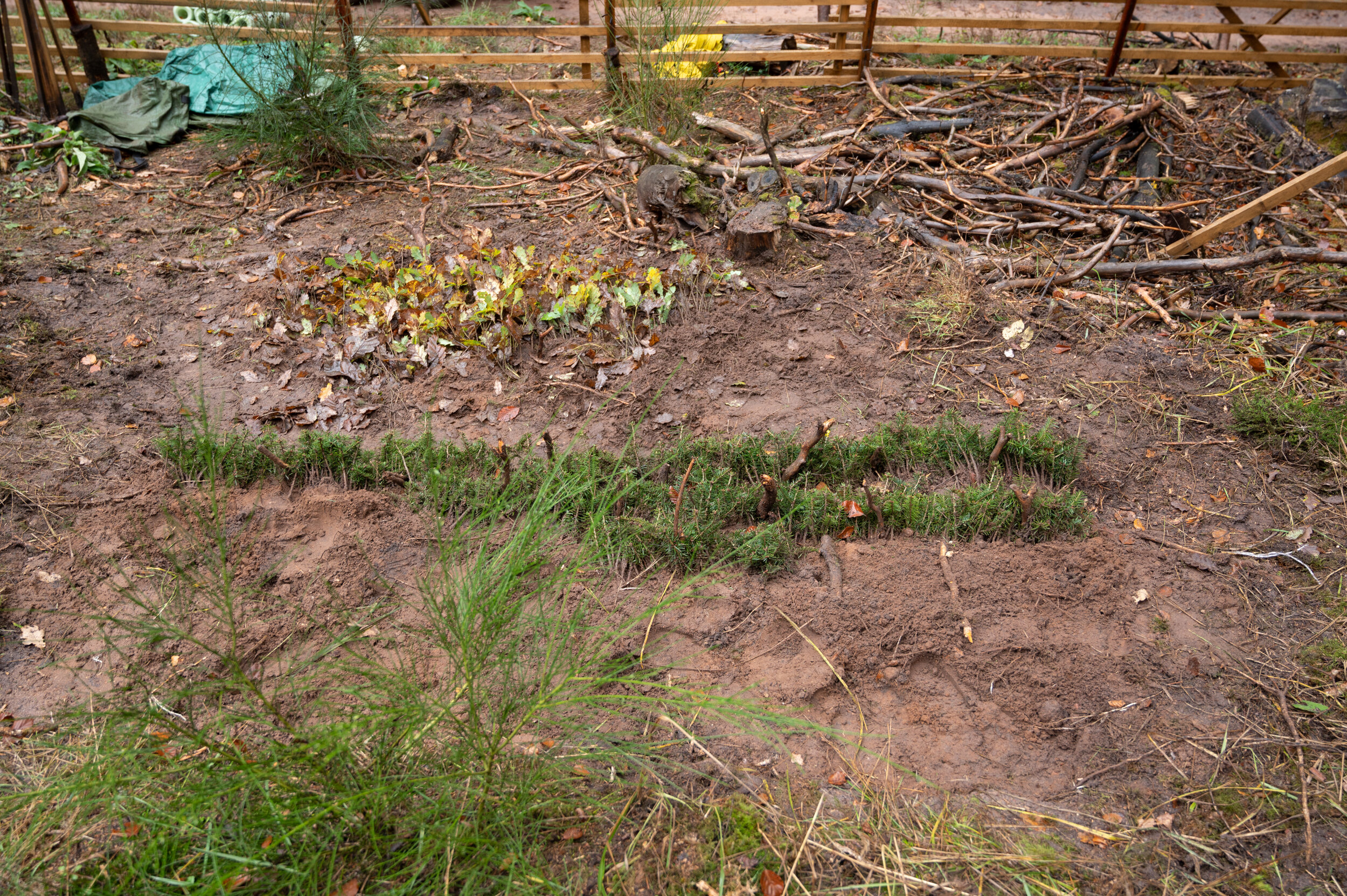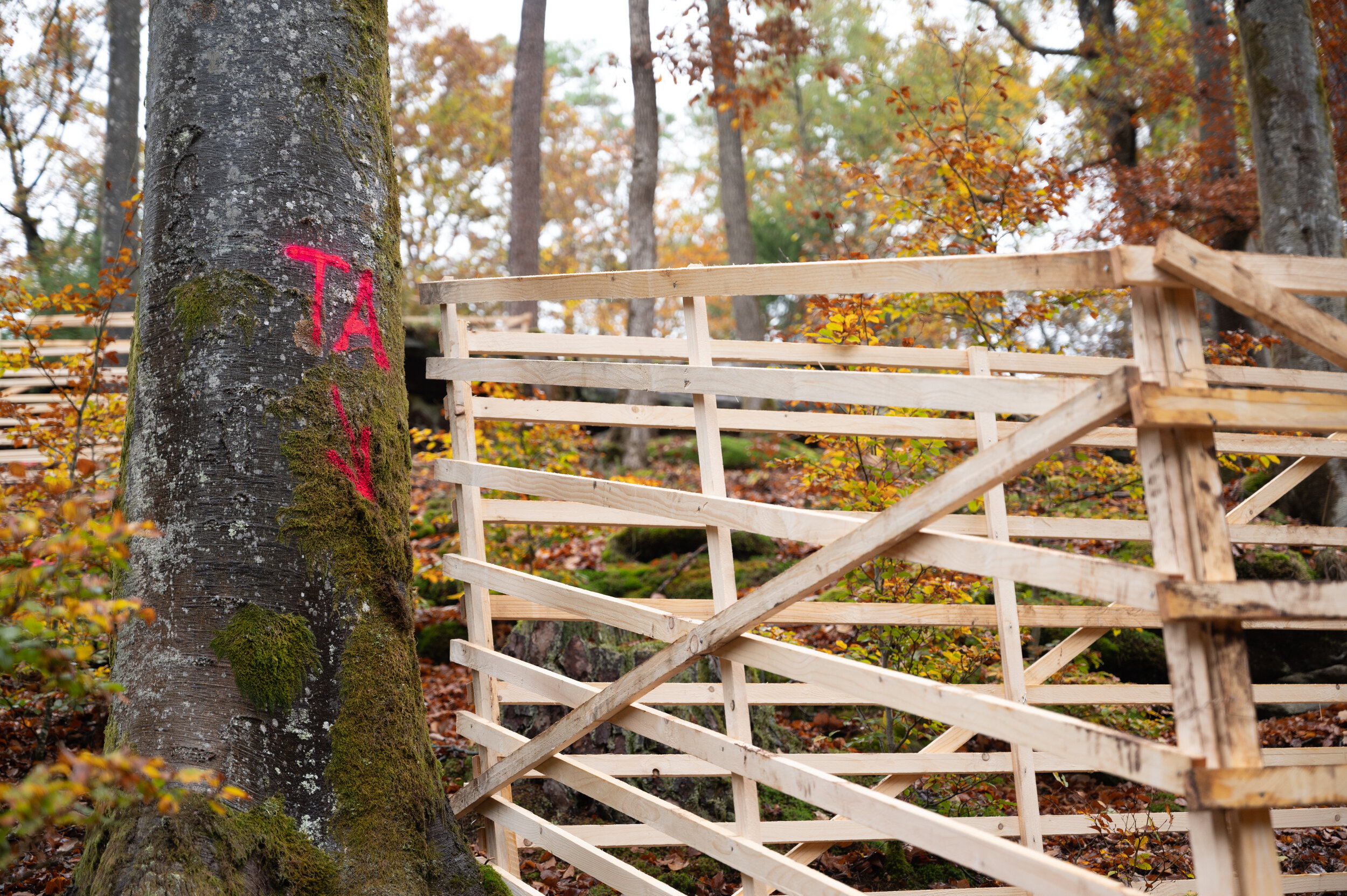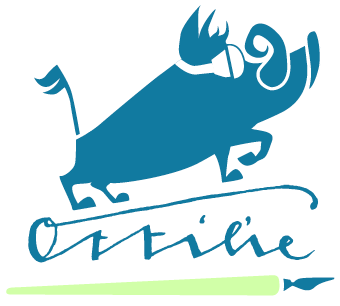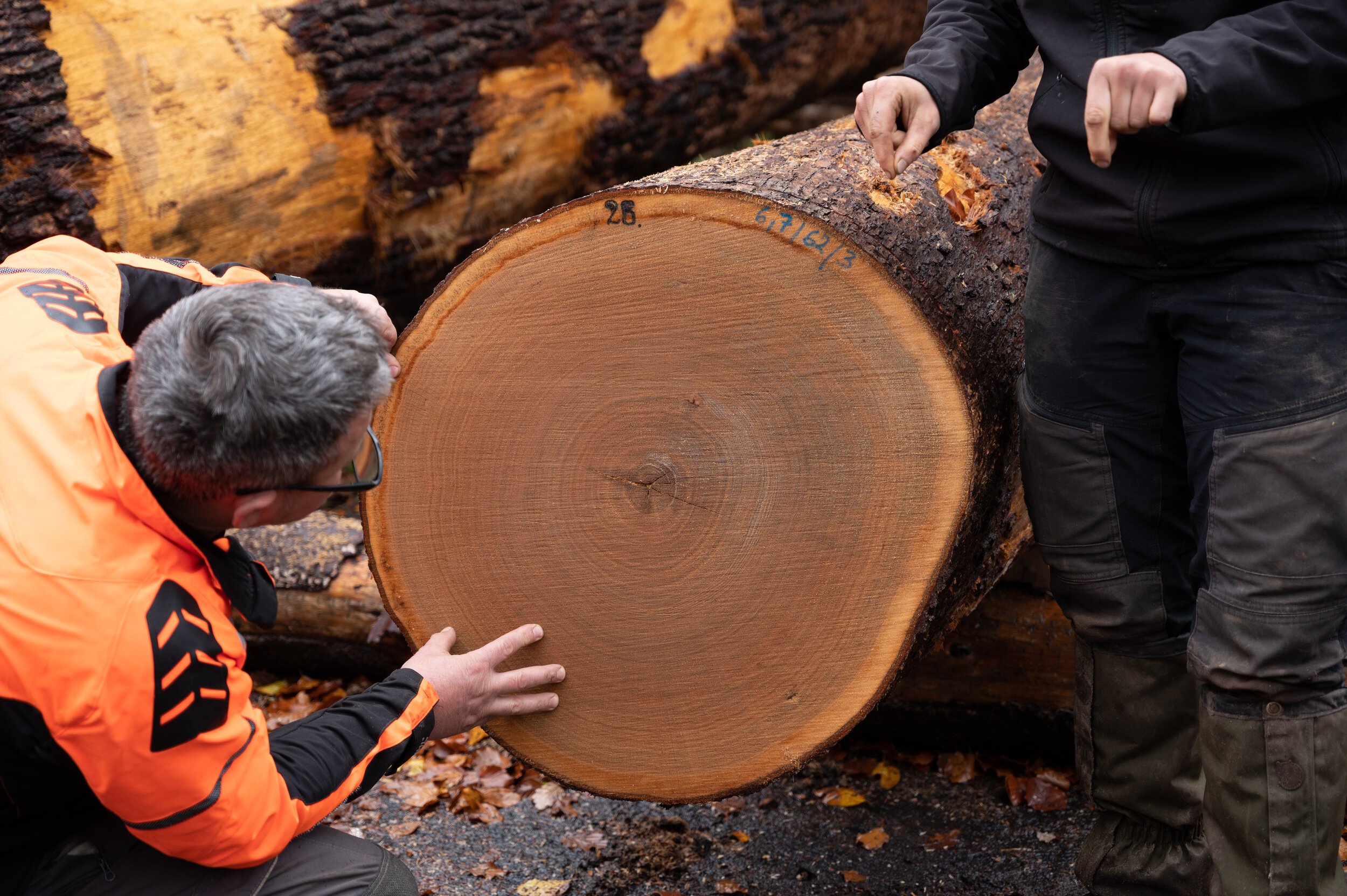Between October 24–31, 2020 we were a group of 12 people guided by Pauline and Marius, our project guides plus one incredibly gifted cook (who happens to be also a photographer and project guide and who provided the camera for most of these pictures). We spent a week off grid with no electricity nor running water, but an ice cold spring and enough tools to build plenty of “Hordegatter” around cohorts of little tree saplings to protect them from the roe deers’ appetite for young buds, which concentrate all the good sugars and nutrients needed for the next growing season. We dug well-sized holes to host the sensible roots of around 1100 deciduous trees and 1300 coniferous trees. Along our side were two wonderful rangers from the Landesforsten Rheinland-Pfalz, who have a passion for their work and have worked as a team for over 25 years. Seemingly inseparable and able to read each others’ minds we called Stefan and Michael fondly and simply the “Stichels”. Their stories on how the steep slopes of the forest used to be worked with three-wheeled lorries – which would occasionally tip over and cause the workers to jump off and save their lives – filled our forest breaks with curiosity. Not to mention all the wonderful topical excursions that Pauline gave us on the composition and importance of the soil and the intricacy of the different types of forest ecosystems in general. Finding the balance between the human need of making a living and using the resources and keeping a resilient, i.a. biodiverse forest ecosystem, that marvels on high amount of biomass and old oak trees nearly dead but still standing.
Sleeping on our camping mats in simple, airy fin huts, every morning at 6AM we would wake up to the melody of a blowing horn played by Mattäus, our cook. A melody which increased the romantic atmosphere of this mountainous forests. The old forest house with a fire place had an incredible view over the hills of the core zone of the biosphere reserve.
The tasks were set around planting trees and constructing fencing areas (“Hordegatter”), which are little square fencings for the saplings to protect them from red deer and roe. The main reasons why forests have a hard time to naturally rejuvenate.
Depending on the place specific lighting and soil conditions we planted five different tree species. Sweet Chestnut / Esskastanie (castanea sativa), Sycamore / Bergahorn (acer pseudoplatanus), Silver fir / Weißtanne (abies alba), Schwarzkiefer / (pinus nigra) and Sessile oak / Traubeneiche (quercus robur).
The sweet chestnuts, oaks and sycamores we had to guard with “Tubex” tubes, which are supposed to decompose by themselves at some point, but there were strong doubts in the group about that and we already spun ideas about another Bergwaldprojekt e.V. group that had to take them out in 7 years from now.
Within an area of a few square feet the soil would vary between super dry and well-soaked with water. The soil composition was mainly spruce needle and beech leave cover with a black horizon and a brown soil underneath, which laid on top of red sandstone (“Bundsandstein”). Pauline, our wonderful project lead and group guide provided solid information on the importance of soil and the forest ecosystem in general.
The forest cabin and the shed.
Despite the misty and rainy weather nobody in the group got sick. Being there and hearing the latest corona updates on the radio in the well-aired van, we realized we were going to be the last group for this project season and coming home a second but softer lock-down awaits us.
It was very refreshing to have this week of working, laughing, exquisite nourishment for the mind and the tummy in a time where most experiences take their places in a four-squared space looking at another squared shape containing even more little squares called pixels.
I feel extremely lucky for having had this chance to be outside – but also to see how much I had gotten into having a cabin fever. Cabin fever regarding my flat, regarding Eberswalde, regarding Brandenburg with its flat landscape and people’s ways of speaking – not providing very much scope for the imagination and lastly regarding Germany – oh the soberness of Germany, the factuality of Germany – the country of no-wonders to me. I cannot wait to cross the country border again to go to Italy or Sweden… or Poland… or France… Brioche, Croissant, gelato, amore, köttbullar and fazzoletto, Dzień dobry!


Submissionsplatz für Furniereiche und Co:
(Holzsubmission: https://de.wikipedia.org/wiki/Holzsubmission)
View from Luitpoldsturm




















































































